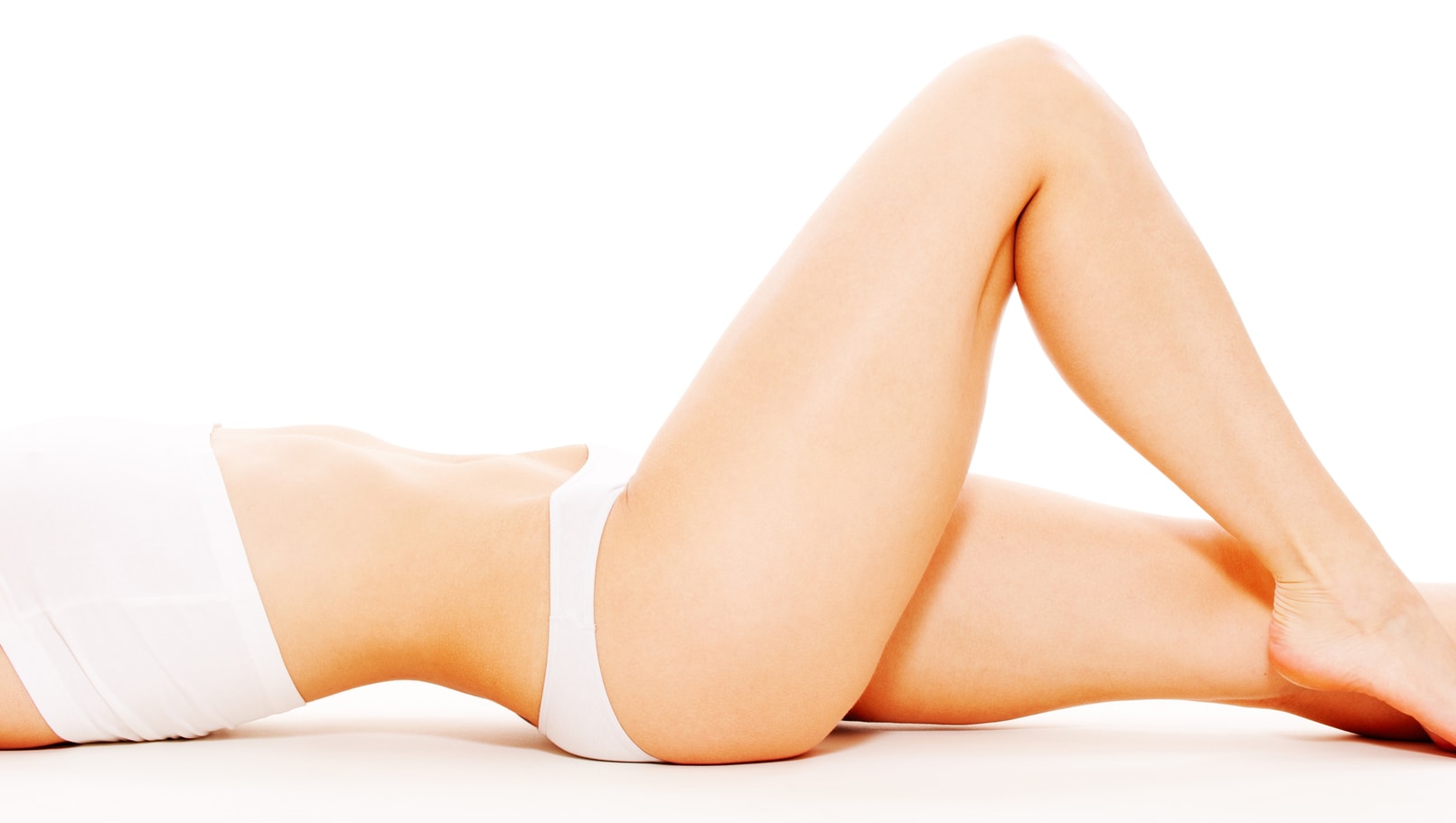

Body contouring refers to any cosmetic procedure that alters the shape of the body by addressing areas of excess fat and/or skin. The most common areas for body contouring are the breasts, abdomen and the lower extremities. However, each of these regions requires a different technique to alter their shape and achieve optimal results. Some body contouring procedures include body lift, breast lift, abdominoplasty (tummy tuck) and liposuction. Body contouring can provide a more aesthetically pleasing appearance by enhancing, lifting or reducing a particular area of the body.
GOOD CANDIDATES for body contouring are:
The following patients are NOT GOOD CANDIDATES for body contouring:
Body contouring varies from patient to patient according to their specific concerns and goals. While some patients only need one body contouring procedure, other patients may require multiple surgical procedures to address excess skin and fat. Since the body needs time to heal, multiple procedures may be performed in planned stages or, if deemed appropriate by the surgeon, can be performed in a single operation.
Depending on the procedure, body contouring may be performed under local anesthesia with sedation or general anesthesia. During the surgery, the doctor will make an incision in order to remove excess skin and tissue. The incision length and pattern depend on the type of procedure and the amount of tissue that needs to be excised. Most incisions can be made in strategic locations where they will be hidden within the natural creases of the skin or concealed by clothing. Incisions are closed with sutures, skin glue and dressed with bandages.
Types of Body Contouring
All of these contouring techniques provide a better shape and more youthful appearance. Certain body contouring procedures can be performed at the same time. A breast lift or tummy tuck can be done in conjunction with liposuction. A breast lift can also be done with an arm or thigh lift.
The cost of body contouring depends on the type of procedure, the surgeon’s skills, type of anesthesia used and the geographic location of the procedure. Patients who elect to have general anesthesia pay a higher cost than those who have local anesthesia. The average costs of body contouring treatments are:
RECOVERY from body contouring depends on the type of procedure performed and whether other procedures were performed at the same time. Incisions are generally covered with surgical dressing or bandages. With some procedures, a small drainage tube may be placed under the skin at the incision sites to remove any excess fluid or blood. Pain, discomfort or swelling can be managed with pain medications, proper elevation and/or cold compresses. The surgeon will advise the patient on how to care for, and clean, the surgical sites. General DOWNTIME restrictions include getting plenty of rest, walking around the house to keep blood circulating properly and keeping the body hydrated. Patients should limit any activities which may cause additional swelling. Strenuous activity or exercise should be avoided for 6 weeks post-op or until the doctor permits.
Results from body contouring can usually be seen immediately. However, any improvements will continue over the first few weeks as the swelling and bruising subside. It takes time for the residual swelling to dissipate, and for the body to completely heal, so patients should understand that the overall results might not be fully apparent for at least 3 months. Furthermore, it can take 12 months for a scar to settle down and fade to a more natural color. Patients having a full body lift, or multiple procedures in stages, may not see the final results for more than 2 years since the body will need adequate time to heal between procedures.
Body contouring provides long lasting results as long as the patient maintains a stable weight and healthy lifestyle. As the body continues to age, gravity and age-related issues will alter some of the results but most of the improvements should remain.
Limitations of body contouring include:
The risks involved with body contouring include:
Patients interested in body contouring should choose a surgeon that specializes in various body contouring procedures and one who can provide “before and after photos” of his or her own patients. Body contouring can improve a patient’s silhouette, self-esteem and quality of life. However, prospective patients must approach the treatment with realistic expectations and a good understanding of the procedure(s) that can make a change in their overall appearance.
Written by Cosmetic Town Editorial Team based on an exclusive interview provided by Dr. Louis Deluca in Boca Raton, Florida.